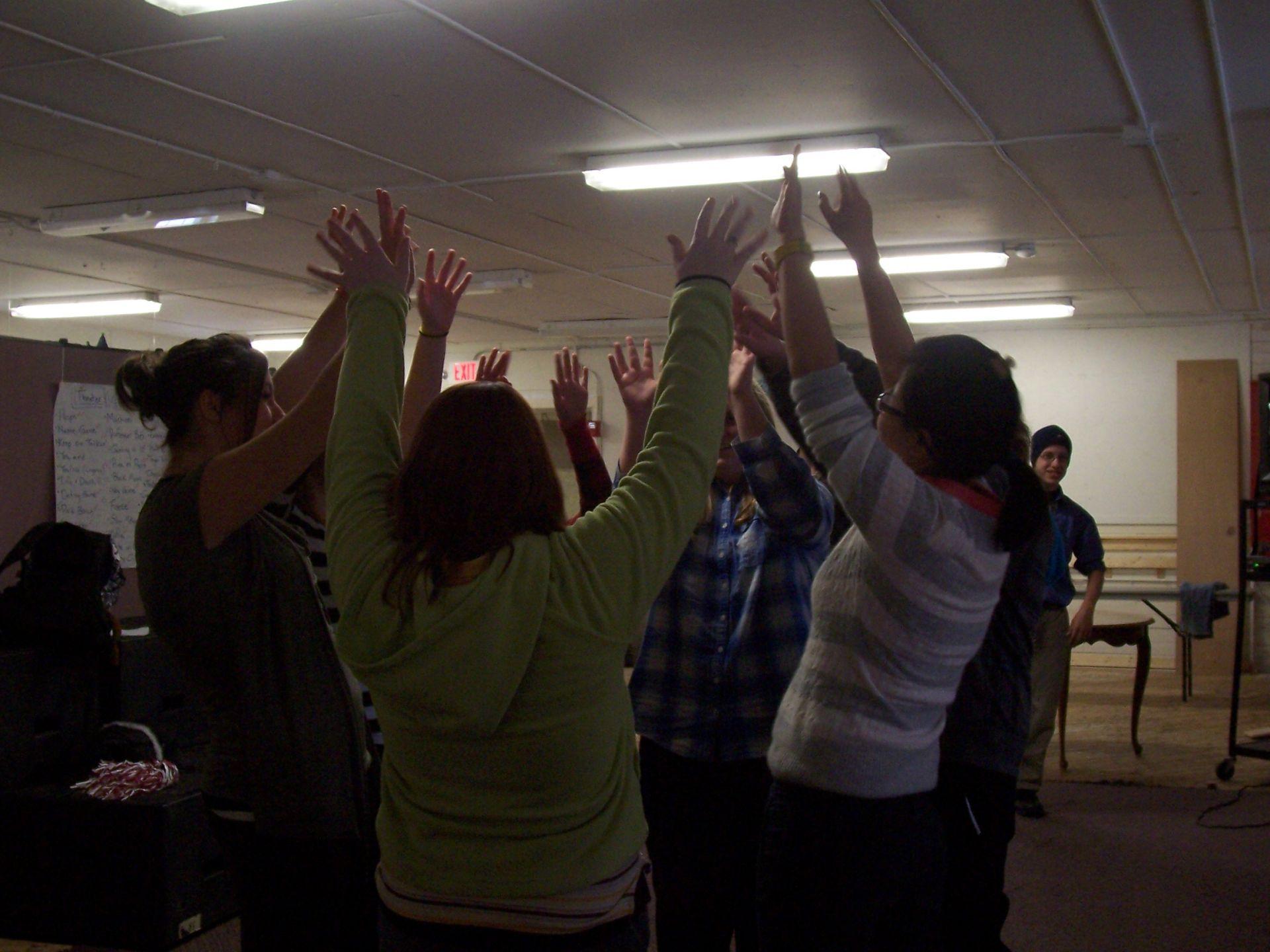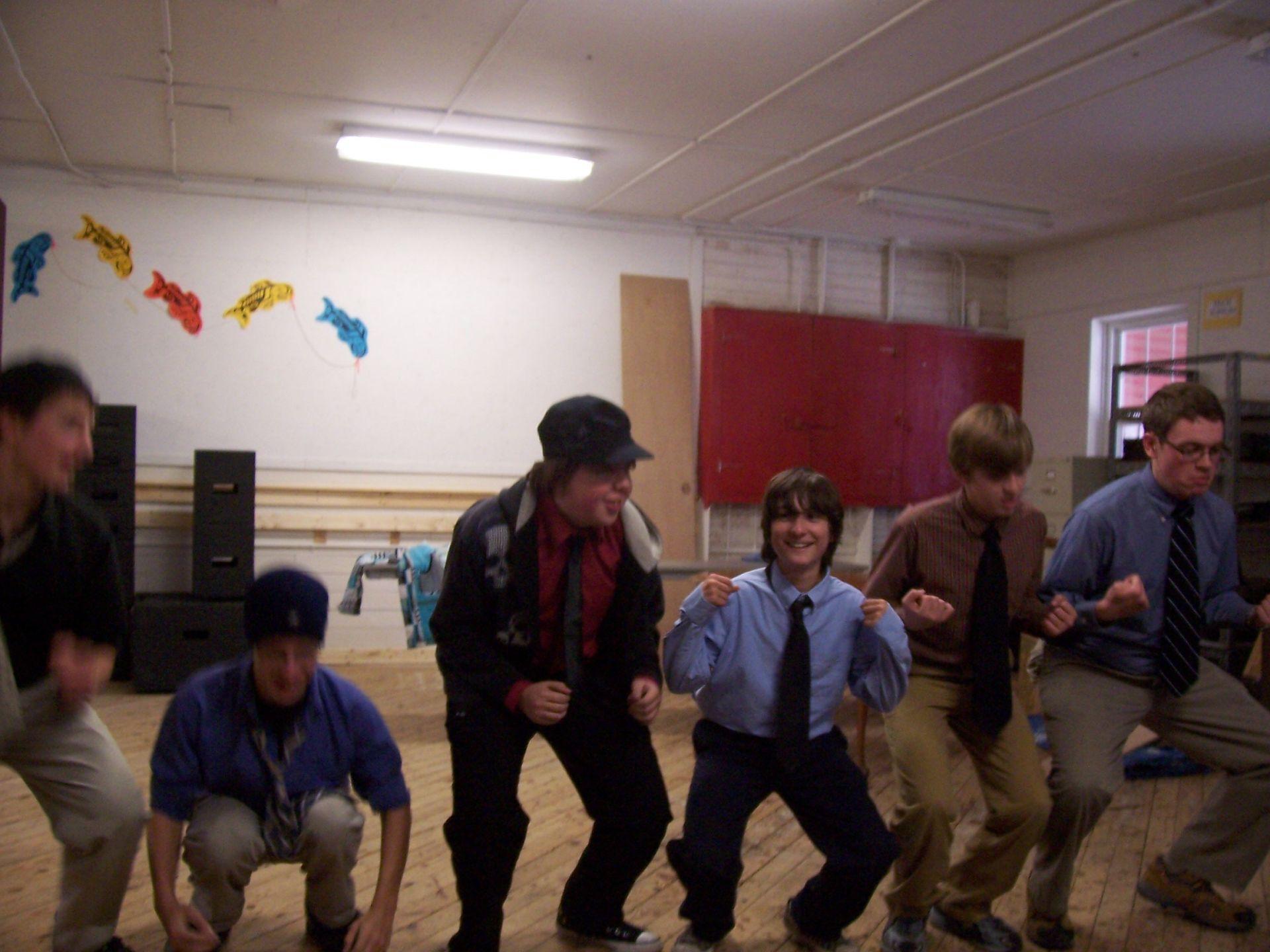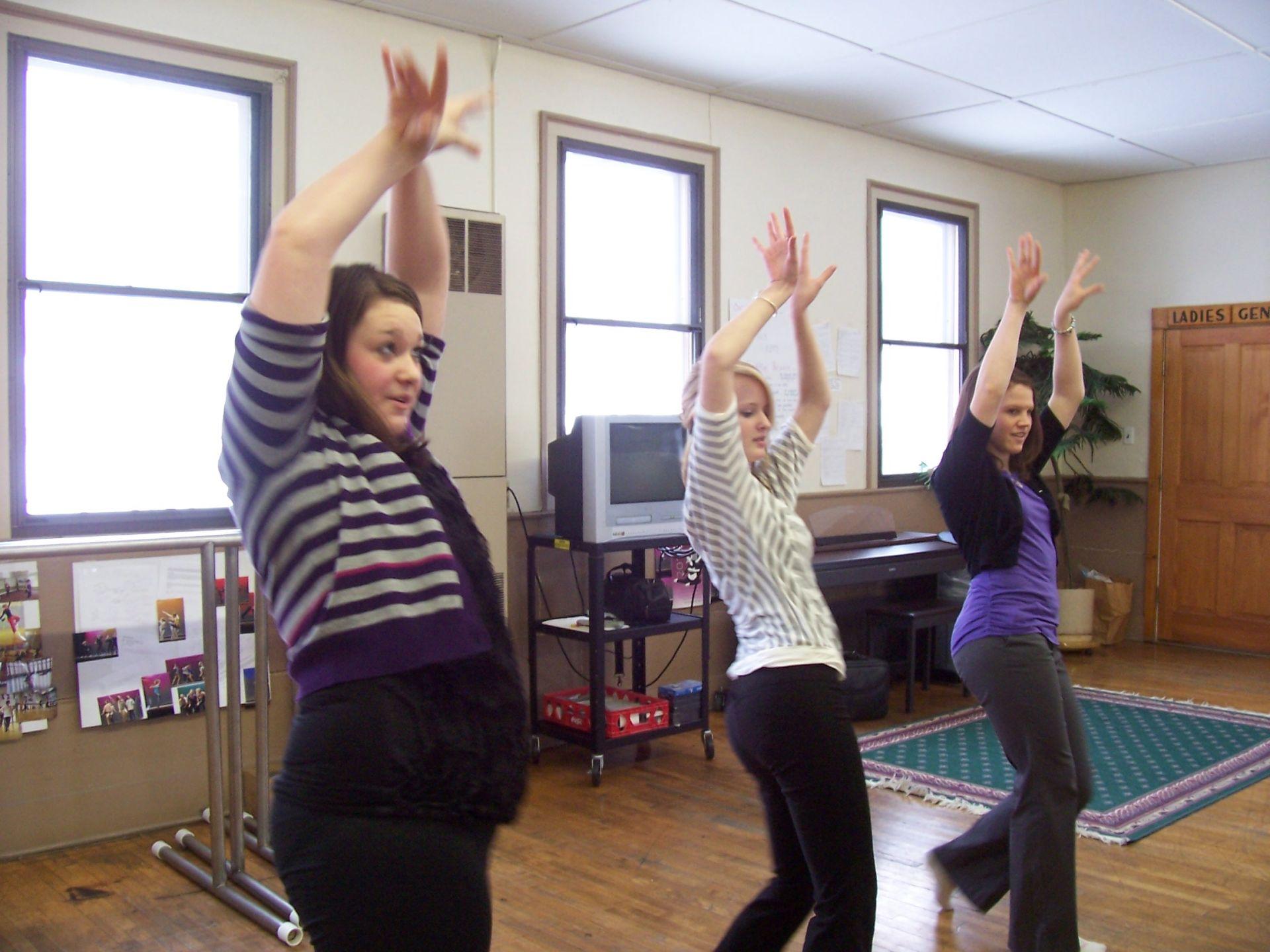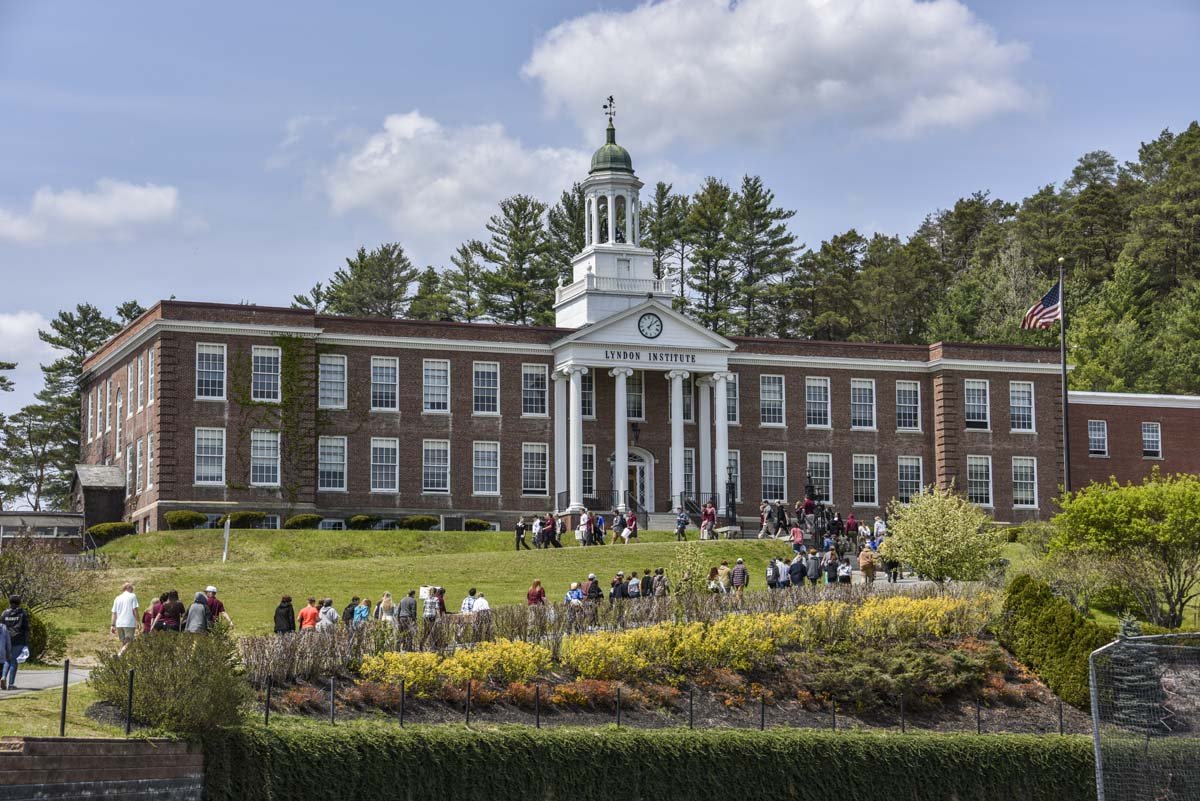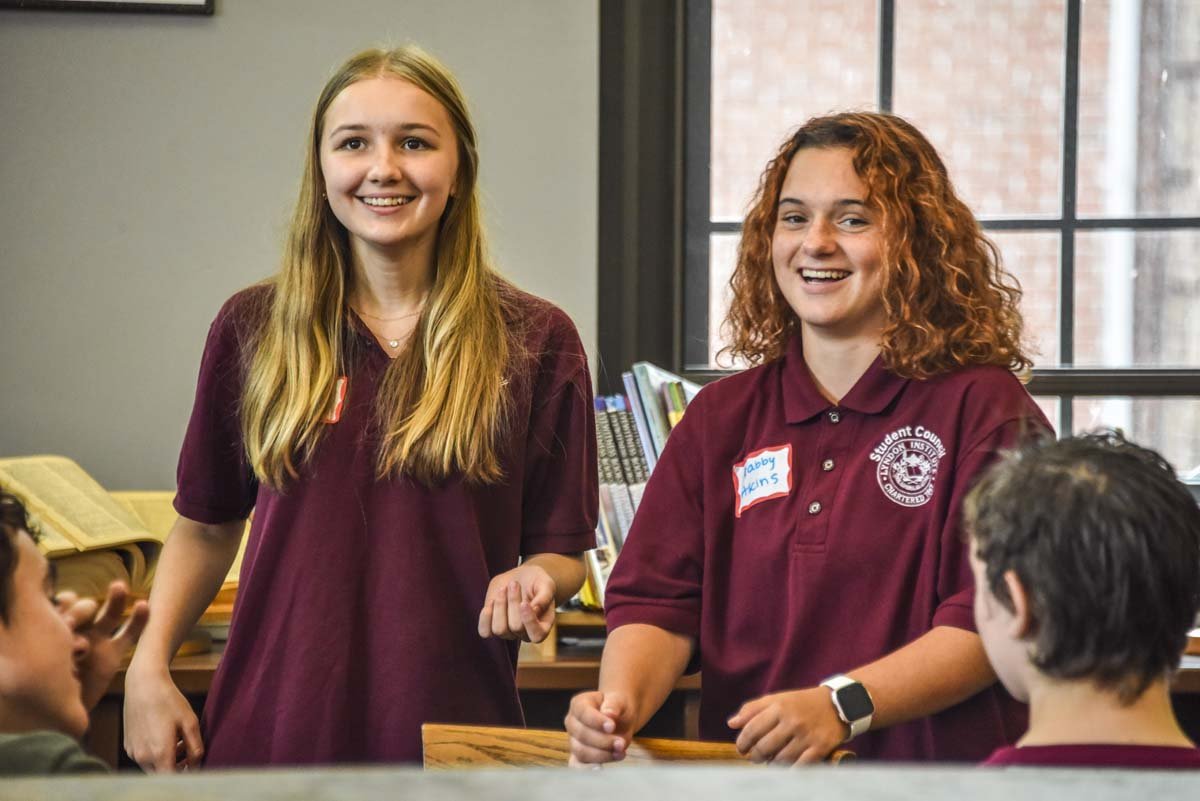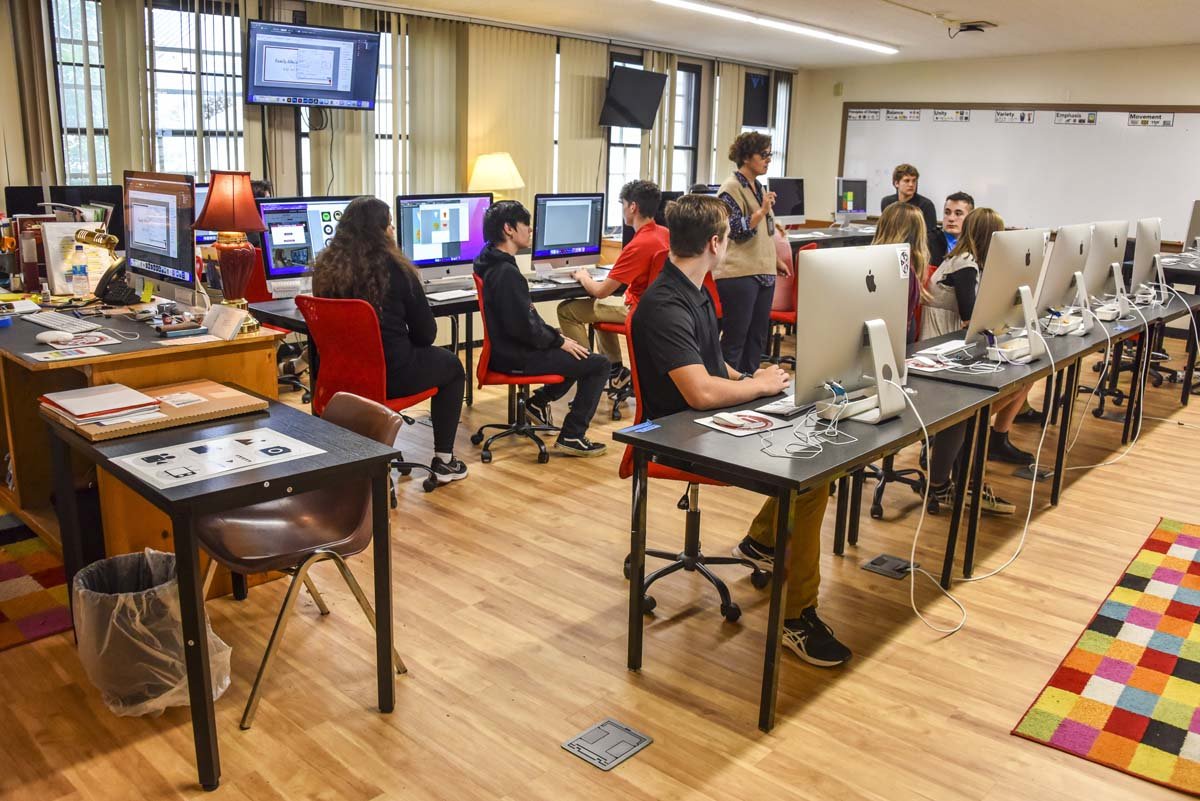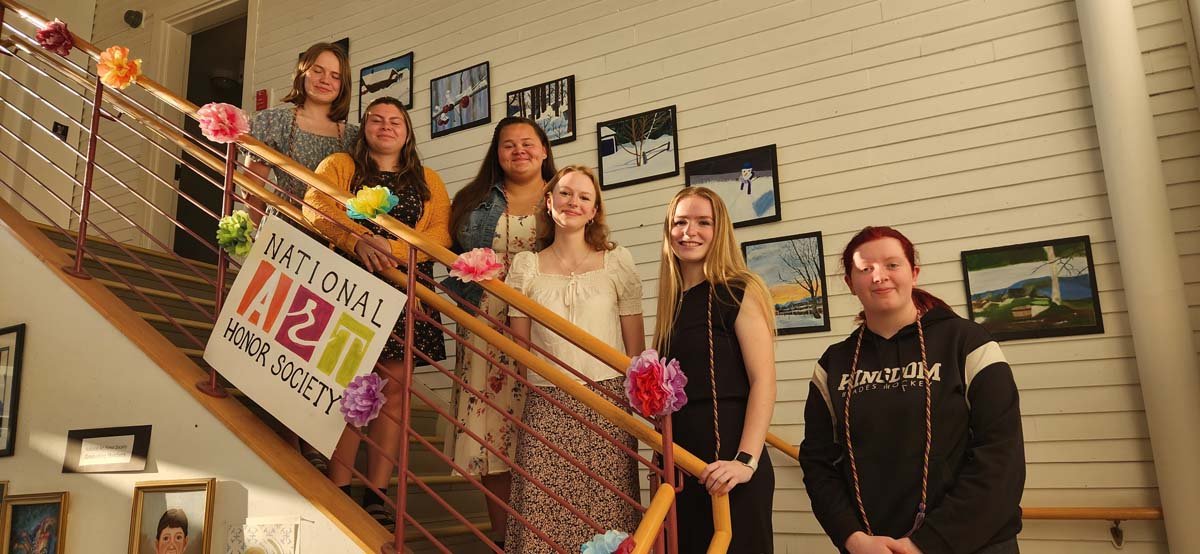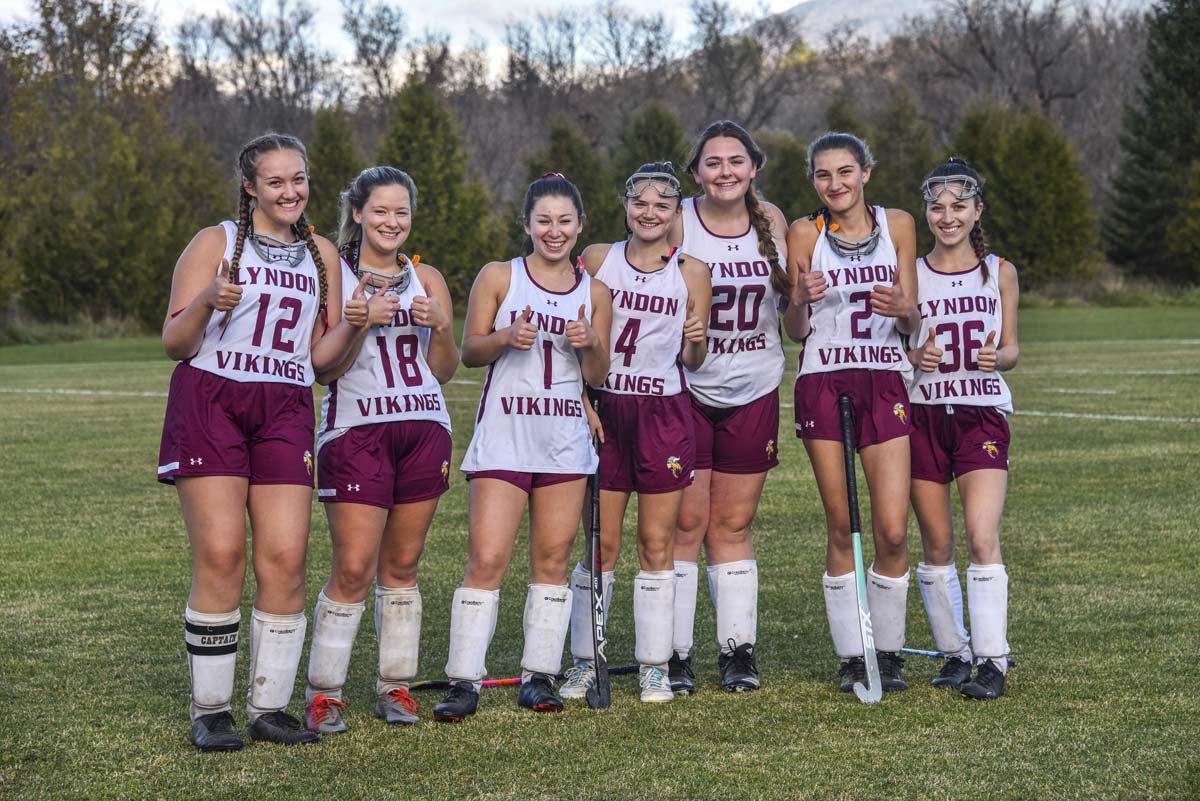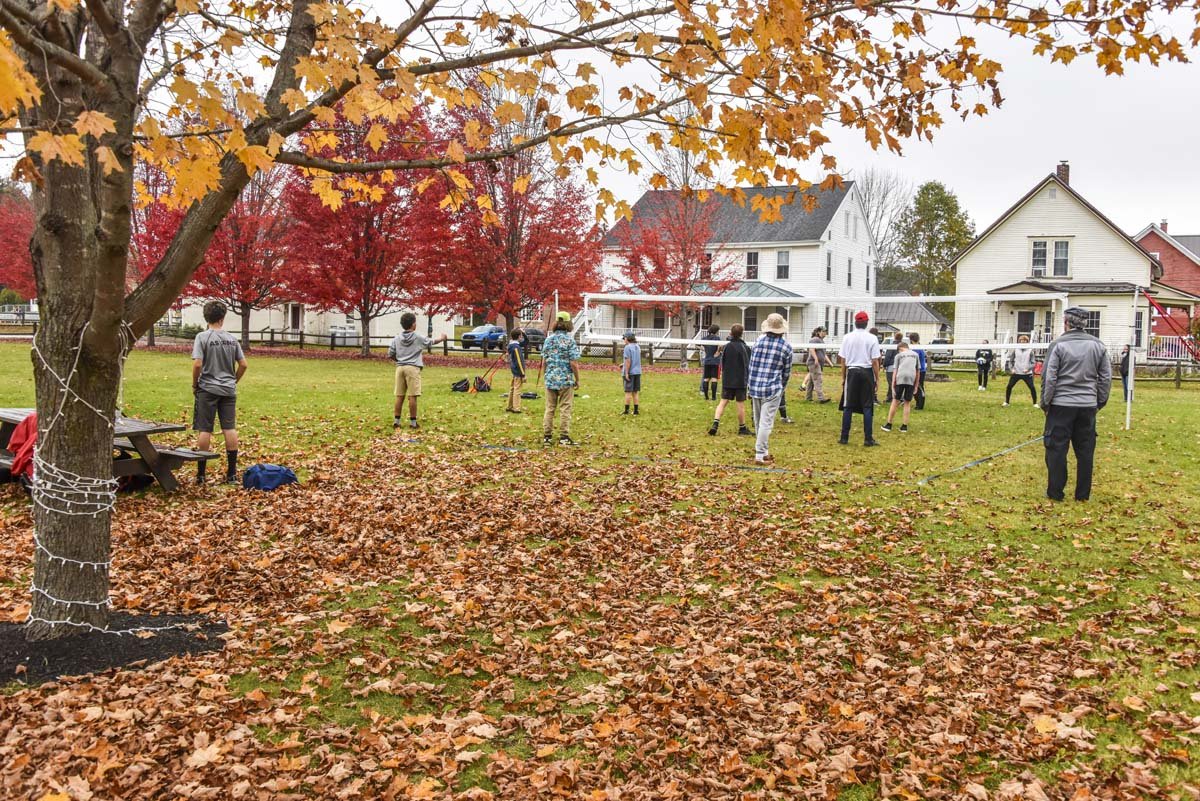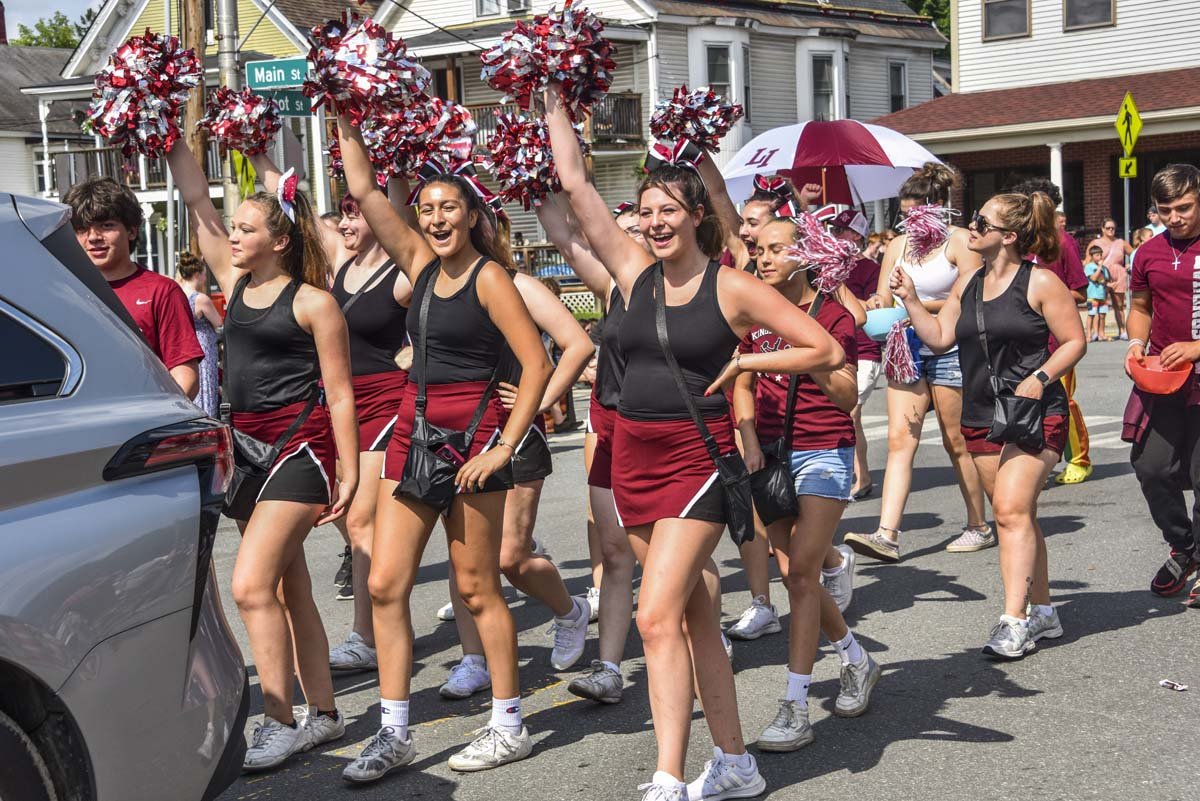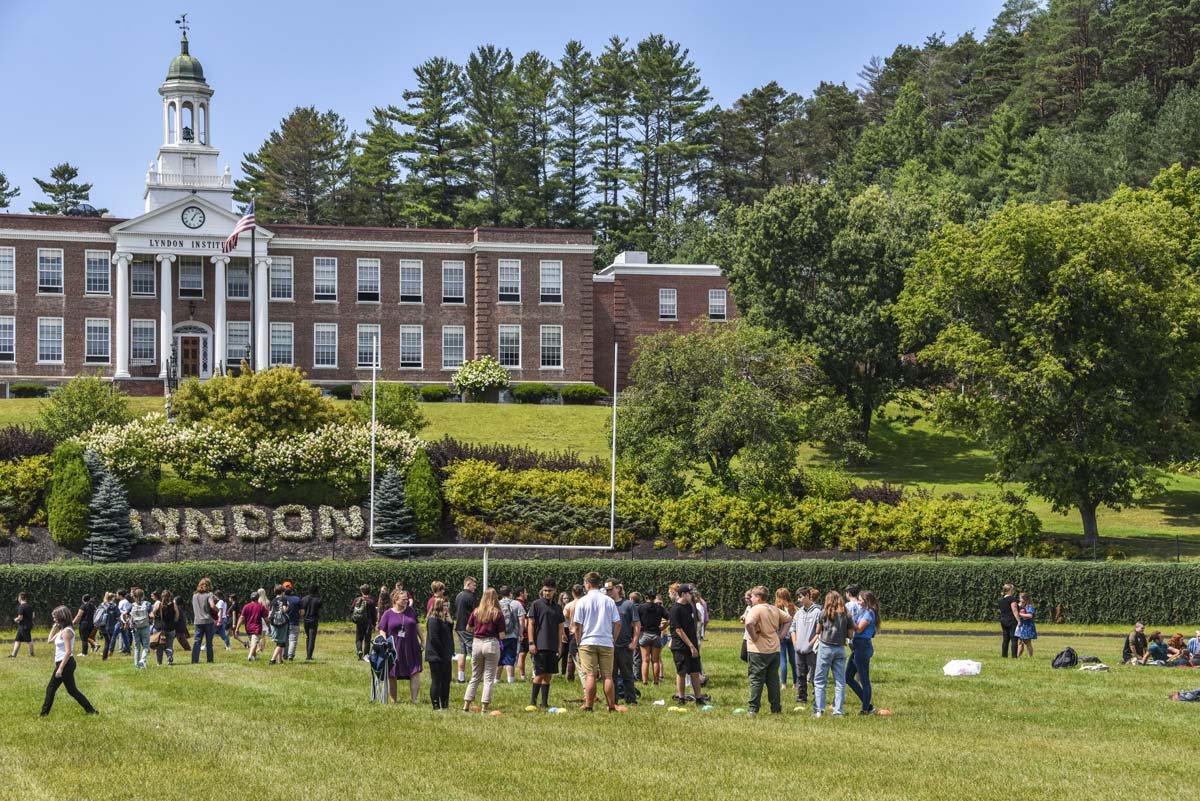- Our School
- Admissions
-
Academics
- Divisions and Faculty
- Commencement 2024
- January Term
- International Program (ESOL)
- College and Career Counseling
- Upward Bound
- Library/Monahan Academic Commons
- Career/Technical Education
- Lyndon Learning Collaborative
- Flexible Lyndon Institute Pathways (FLIP)
- Specialized Instruction
- Adult Continuing Education
- Lyndon Institute Course Catalog
- Student Services
- Arts
- Athletics
- Campus Life
- Support LI
- Alumni
WELCOME TEACHERS
I hope you find this webpage useful for learning about movement integration.
On this webpage you will find:
- The Benefits of Movement Integration and Science Behind Movement & Learning
- Obstacles of Movement Integration, How to Overcome the Obstacles, Tips for Advocating for Movement Integration and History of Movement in Education
- Step 1 - Various Ways to Determine & Teach to Different Learning Styles
- Step 2 - Activities & Lessons for Movement Integration & Kinesthetic Learning
- Step 3 - Assessment Methods for Movement Activities/Lessons
- Resources (books, magazines, videos, music, etc.) for Movement in Learning
- Why I created this webpage...
If you don't understand something or can't find what you need or are looking for on this page/in these resources, please send me an email or give me a call, and I will be sure to get back to you.
Happy movement integration!
Rebecca McGregor
LI Dance Teacher & VT State Dance Festival Coordinator
(802) 535-3636
It is important to understand how children learn, what can help them learn, and use various methods of instruction in education. No one student learns exactly the same way. One way to differentiate instruction is to integrate the arts (movement included). How the Arts Lay a Foundation for Learning is a great article from Education Week by Kathran Siegel that explains what can be enhanced in learning by using an arts approach. 2 other articles that are fantastic examples of how dance (movement) specifically is benefitting student work include: Schools Integrate Dance Into Core Academics from Education Week and Step by Step from the Star Tribune. If you wish to read the 2 Education Week articles, email me and I'd be happy to send a copy to you. Here are also 3 documents outlining and breaking down the benefits of integrating movement with learning...AND...a document that outlines the science behind learning through movement (the brain-body connection)!
Are you nervous about integrating movement into your curriculum or daily class structure?
Do you worry you might not be supported by colleagues, administrators, your school board, parents, etc.?
Learn about the common obstacles with incorporating movement in education and how to overcome them.
Then, read about how to become an advocate for integrating movement in your classroom. It might just stimulate a ripple effect amongst you, your students, the parents of your students, throughout your school and possibly into your community.
You never know what might happen when you take a risk or try something new! And, you always have my support so don't be afraid to call or email me!
Do you know the learning styles of the students in your classroom?
Did you know that how material is presented to students can determine how well, how quickly and how motivated they become to learn it?
Here are some links to documents that will help you determine the learning styles of the learners in your room as well as give you ideas about things to do for each of the different types of learning style preferences. By doing this with your students, you can help foster better engagement and success of student learning as well as increased ownership and involvement.
Enjoy!
Assessing kinesthetic learning is not difficult. Here are 3 documents to help you see how similar assessing movement in lessons is to your regular assessment methods you use every day with your students. The first document explains how kinesthetic activities show immediate feedback about student learning. The second document provides a variety ways to show student learning through movement activities with examples of reflection questions and prompts as well as descriptions of how to create a rubric for this kind of lesson/activity and much more! The third document is a reflection paper I created for integrating movement with theatre lessons, Japanese and Spanish integration here at LI. It can easily be used for any other content area as well. Please let me know if you want to borrow or have me help you with assessment for kinesthetic learning/movement integration in your classroom.
So, at this point, if you've had the time or taken the time to read about the benefits of movement, the history of movement in education, tips for advocating for movement integration, and had the chance to familiarize yourself with common obstacles and how to overcome them when wanting/trying to integrate movement, I hope you feel a more comfortable about approaching this new and exciting piece of education. And, if you've taken a few moments with your students to figure out what types of learning styles they prefer, you'll see that you probably should be incorporating a variety of approaches, methods, and activities in your teaching to make sure you are accessing each learner's strengths.
Included on this page are some documents that will provide you with books and articles that can help you find lessons for specific topics/contents you may cover in your curriculum, links to websites that can help you find movement based lesson plans or activities from energizing students' brains and helping with focus to grade and content specific ideas for movement integration, as well as articles and case studies that show how learning can be enhanced using movement.
If there is any information below that is unclear or you find a resource that has/may have information in it that you'd like to study more, borrow, or have me come to your classroom and teach, please contact me: call (802) 535-3636 or email.
I hope this webpage has been helpful to you whether you are a parent, educator, administrator, school board or community member. If not please feel free to contact me and I'd be happy to be of further assistance to you.
Lastly, I've included a document full of resources that may help you find more books, articles/magazines, music, videos, webpages, etc. related to movement/dance integration in education and kinesthetic learning as well as a document explaining why I created this webpage. Good luck! Be brave! Enjoy the process! And, know I'm a phone call (802) 535-3636 or email away!
With best wishes,
Rebecca McGregor

